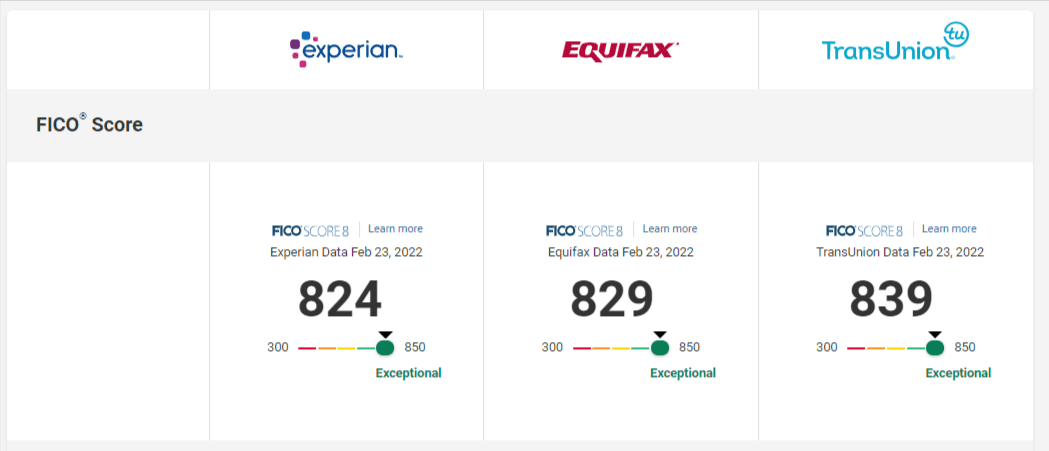
You should set clear spending limits, monthly reimbursement policies and spending limits if you are going to allow your child to use a card. Your child should be taught about financial responsibility and the cost of credit. These tips will teach your child to responsibly use a credit card and how to avoid making mistakes.
Set clear spending limits
Be sure to establish spending limits before you give your child a credit card. You don't want to let them go overboard and run up debt. Instead, set clear guidelines about how much money they can spend per day and what items they can purchase. So your child won’t feel tempted to buy unnecessary things.
It is also a good idea if you review your purchases with your child every month. This will help your child understand the reasons behind the purchases and decrease the chances of them making late payments or having high balances. These actions will have a negative impact on their credit score later. It is important to remind your child about the responsibility for paying interest and the balance.

Authorized user accounts are a way to reduce spending. You can allow authorized users to make purchases with your credit card, and you will earn rewards. These rewards can be used to pay for unexpected expenses or stock up for vacations. To prevent overspending, authorized users can be granted different credit limits.
Educating your child about financial responsibility
It is a good idea to teach your child financial responsibility by giving them a credit card. Credit cards can provide a way for children to learn about money, how they balance their checking accounts, and how to manage their online accounts. However, parents should be very careful not to introduce their child to too much debt and should only give them a credit card when they are mature enough to make sensible purchases.
Keeping in mind that teenagers are highly mobile and use their phones to shop, it is important to teach them about money and credit. They will be more prepared for unexpected expenses. Financial literacy is important for future success, including being able to secure better mortgages, insurance rates, and car loans. Educating your child about credit will help them avoid making mistakes that will hurt their financial health and protect them from scams.
Protecting your child’s credit cards
There are several ways to protect your child's credit, including placing a freeze on their credit and keeping track of their activity. You can prevent identity theft by doing this. It is a good idea, as well, to report fraud both to the FTC (and to the credit agencies). To protect your child’s credit, you can place a credit freeze in their file. This stops lenders from accessing their credit report and opening any new accounts in their names.

First, check your child's credit reports to protect their credit. Most companies will verify the identity of your child by using their phone number. However, identity thieves could fake this number to avoid detection. This is known caller ID fraud, and identity thieves could use automated phone calls to spoof your child’s phone number. They may pretend to be an employee or institution.